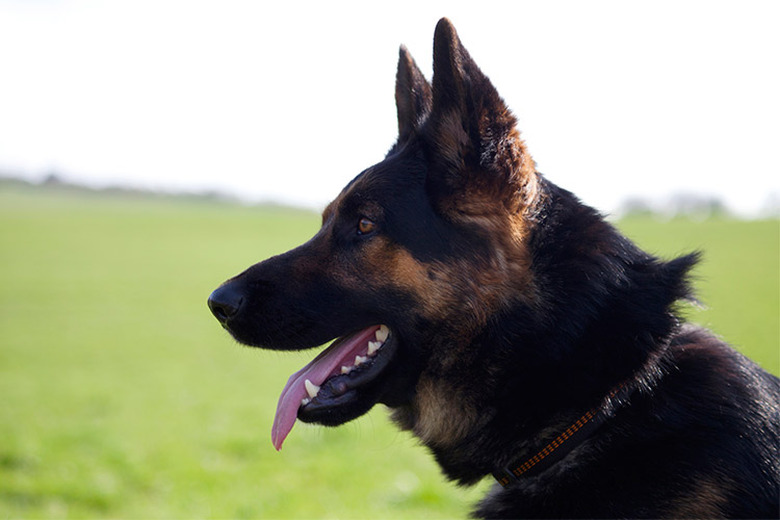Why Would A Dog Throw Up After Panting?
If your dog is throwing up after panting or while he is panting, he may be suffering from simple nausea or overexertion. In the presence of other symptoms, however, he may have a serious medical condition. Pay close attention to your dog after he throws up, and monitor his health for other potential symptoms of illness — he may need to see a veterinarian.
Nausea and Overheating
Simple nausea can cause a dog to vomit, so if he is overheated, is overexerting himself or has eaten something that disagreed with him, he could be panting and vomiting. This is especially true if you're playing outside — the weather and exercise could make him pant. He may be eating grass, which makes dogs vomit. Give your dog cool water and time to rest.
Serious Conditions
Panting and vomiting can indicate more serious health conditions, typically when accompanied by other symptoms. For example, if you dog has pale gums and a fever, and his retching isn't actually yielding vomit, he may be suffering from bloat — a condition that is fatal when untreated. Your dog may be suffering from heat stroke, an emergency condition brought on by severe overheating. Dogs suffering from heat stroke typically start by panting heavily and struggling to breathe — the condition can escalate to vomiting, bloody stool and seizures. If your dog throws up and is struggling to breathe, no matter the order in which he developed those two symptoms, contact your veterinarian immediately.
By Tom Ryan
References
Paw Prints: When Dogs Pant
Houston Dog Blog: What You Should Know When Your Dog Is Vomiting
Dog Help Network: Why Is My Dog Throwing Up?
Web MD: Heat Stroke and Dehydration in Dogs
About the Author
Tom Ryan is a freelance writer, editor and English tutor. He graduated from the University of Pittsburgh with a degree in English writing, and has also worked as an arts and entertainment reporter with "The Pitt News" and a public relations and advertising copywriter with the Carnegie Library of Pittsburgh.
